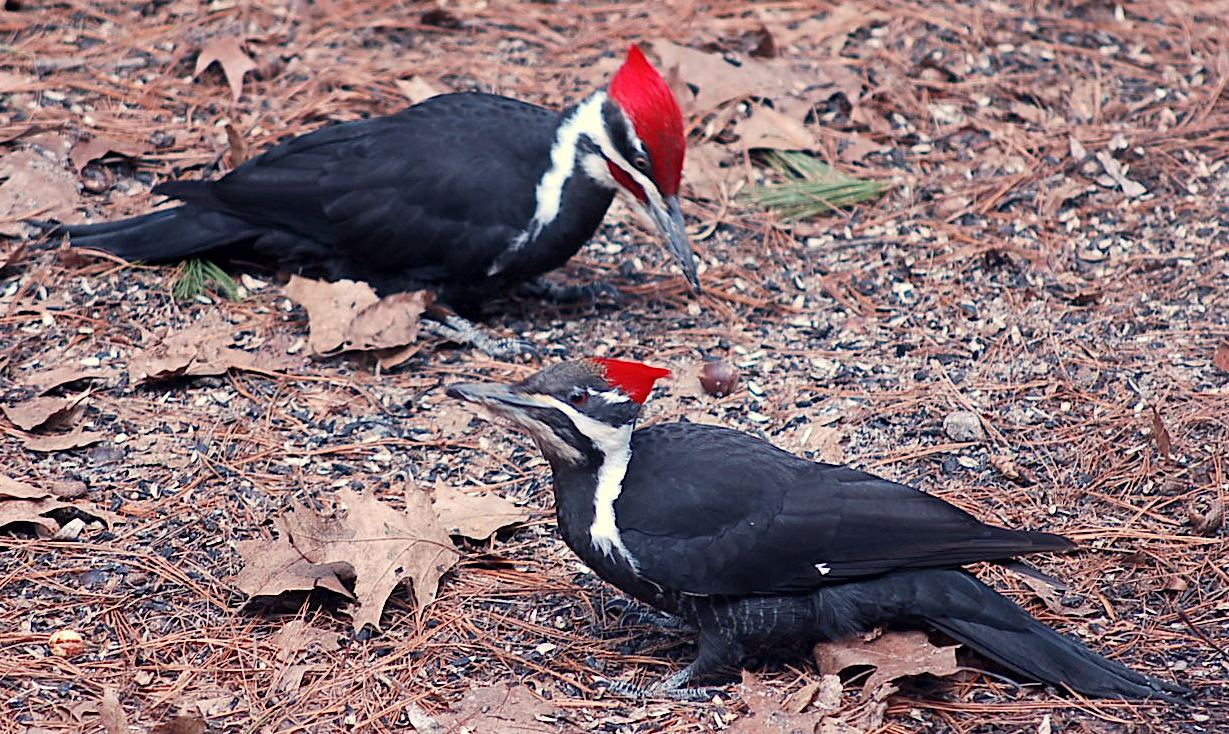Comprehending Woodpeckers in Florida: Behavior, Species, and Habitats
Comprehending Woodpeckers in Florida: Behavior, Species, and Habitats
Blog Article
Discover the Remarkable World of Woodpeckers: Everything You Required to Know
The globe of woodpeckers is a world filled up with one-of-a-kind habits, detailed adaptations, and a varied range of types. From their habitats and distribution patterns to their feeding behaviors and specialized anatomical functions, woodpeckers have actually long captivated the rate of interest of ornithologists and nature fanatics alike.
Woodpecker Habitats and Distribution
Woodpeckers occupy a varied variety of atmospheres worldwide, showcasing flexibility in their circulation patterns. These resilient birds are found in forests, woodlands, savannas, and deserts across different continents, showing their ability to thrive in different climatic conditions. In North America, for example, woodpeckers can be found in both coniferous and deciduous forests, utilizing their strong beaks to forage for insects and create nesting cavities in trees. In Africa, particular woodpecker varieties have actually adjusted to arid atmospheres, such as the acacia timberlands, where they play a critical duty in managing insect populations.

Feeding Behaviors and Diet
Among the different elements of their habits, woodpeckers display unique feeding routines and nutritional choices. These birds are largely insectivores, with a diet regimen that includes ants, beetles, caterpillars, and various other pests located in trees. Woodpeckers utilize their solid beaks to drill right into the bark of trees, penetrating for pests and larvae concealed under the surface area. In enhancement to insects, woodpeckers likewise take in nuts, seeds, fruits, and sap. Some types have specialized tongues with barbed pointers that aid them extract bugs from holes in timber.
Woodpeckers are recognized for their drumming actions, which serves not just to interact with other woodpeckers but additionally to situate food. The fast drumming noise is produced by the bird pecking on resonant surface areas like dead trees or steel poles. This actions can bring in bugs hidden in the timber, enabling the woodpecker to find their existence and feed on them.
Unique Adjustments for Tree Climbing
In their skilled search of insects concealed within tree bark, woodpeckers have actually developed exceptional physiological attributes that outfit them with unique adaptations for reliable tree climbing. Woodpeckers have strong neck muscle mass and a special head framework that soak up the influence of consistent pecking, permitting them to climb up up and down without creating injury to their i was reading this minds. These adjustments display the unbelievable transformative design that allows woodpeckers to navigate you can look here trees with precision and efficiency.
Diverse Woodpecker Variety Worldwide
With over 200 different varieties spread out throughout numerous environments worldwide, the family members of Picidae incorporates an impressive variety of woodpeckers. These birds can be located in woodlands, woodlands, savannas, and also city locations, showcasing their versatility to different environments. From the iconic Northern Flicker in The United States And copyright to the vibrant and elusive Crimson-backed Flameback in Asia, each woodpecker species exhibits one-of-a-kind features in regards to my company quill, habits, and habitat preference.
Woodpeckers differ substantially in dimension, with the diminutive Downy Woodpecker measuring around 6-7 inches in size, while the effective Lineated Woodpecker can reach up to 17 inches - Woodpeckers in Florida. Their beaks likewise are available in various shapes and sizes, reflecting their feeding practices. Some types specialize in extracting pests from tree bark, like the Acorn Woodpecker, while others, such as the Black-cheeked Woodpecker, eat fruits and seeds

Preservation Initiatives and Challenges
Preservation efforts for woodpecker populaces are critical in reducing the effect of environment loss and various other hazards encountering these diverse avian types. Woodpeckers deal with numerous obstacles to their survival, primarily because of deforestation, urbanization, environment modification, and intrusive varieties. To resolve these concerns, preservation initiatives concentrate on protecting and restoring woodpecker habitats, implementing sustainable forestry practices, and raising understanding concerning the relevance of these birds in ecological communities.
One substantial obstacle in woodpecker preservation is the fragmentation of their environments, causing separated populations that are much more susceptible to extinction - Woodpeckers in Florida. Conservationists function to develop wild animals passages and safeguarded locations that link these fragmented habitats, allowing woodpeckers to relocate in between different areas for feeding, reproducing, and shelter

Final Thought
In conclusion, woodpeckers are interesting birds with unique adaptations for tree climbing and feeding actions. More research and conservation activities are needed to make sure the survival of woodpeckers in the wild.
Report this page